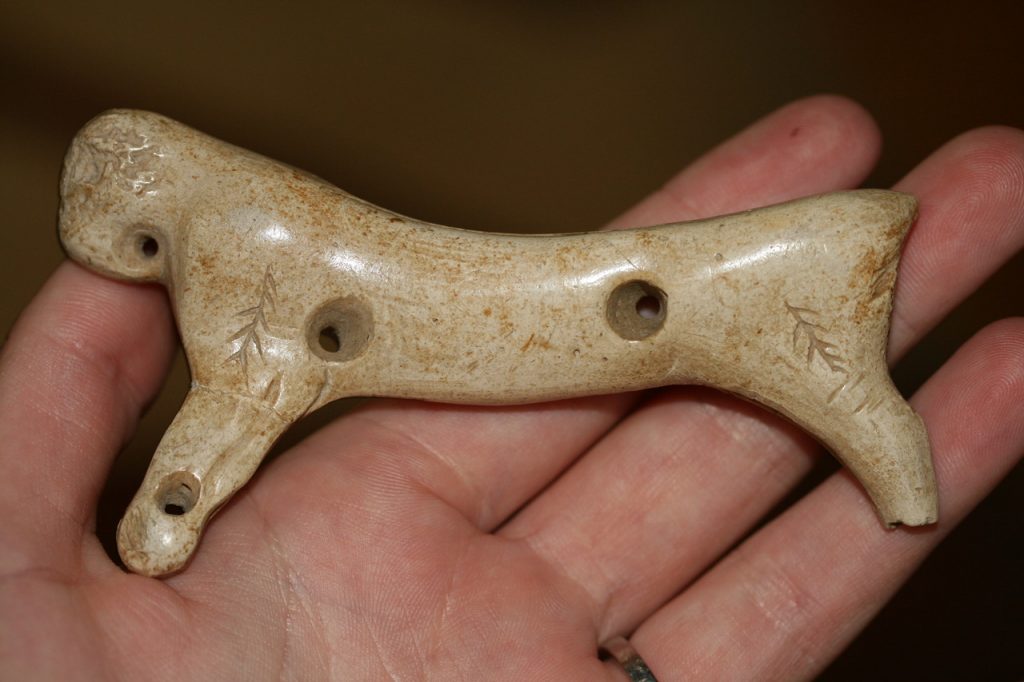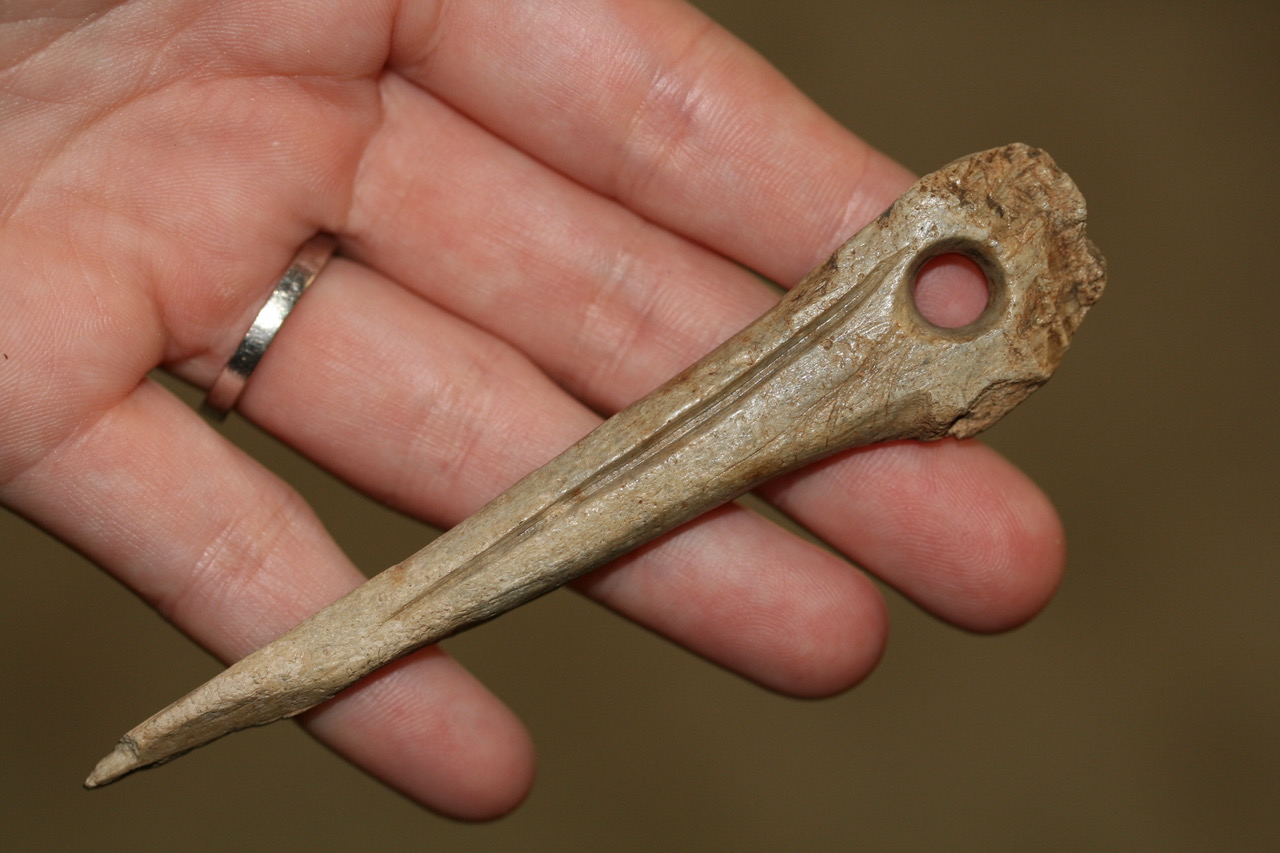Griffith researchers are uncovering more about the “archaeologically invisible” — children of the Ice Age and their toys.
Archaeologists have believed it near impossible to find toys from the deep past of Europe – the Palaeolithic, which dates to between around 45,000 to 11,000 years ago.
Looking for children from this period is a relatively new aspect of archaeological research.
Australian Research Centre for Human Evolution archaeologist Dr Michelle Langley said by looking at what toys children in present-day hunter-gatherer communities played with they could identify likely playthings used by children who lived tens of thousands of years ago.
“These playthings commonly include dolls or figurines, small spears or bows-and-arrows, small versions of the tools commonly used by their parents, and mud figures,” she said.
“It was also found that often the parents or other family members will spend many hours making beautiful and often expensive toys for their children.”

In her paper in the Oxford Journal of Archaeology, Dr Langley writes that previously researchers had been able to find evidence for children learning how to make stone tools, and perhaps learning how to be artists. Her paper, studying the people who created the great cave art of France and Spain is, however, looking for more.
“We know that playing with toys is a cultural universal, so we can expect that toys included by children in their games thousands of years ago should have made their way into the archaeological record, as everything used by people does,” Dr Langley said.
“Knowing that they must be present, however, does not make them any easier to find.Archaeologists should be finding small dolls/animal figurines, small tools, and weapons in their sites – these may have been toys lost by children in the past.
“For the Palaeolithic period such dolls/figures have been found and are widely celebrated for their beauty and appeal to our modern Western aesthetics. Because of these factors, researchers have previously thought they were special art or ritual items for the use by adults – rather than a child’s toy. They were too beautiful, and took too much skill and effort to create to be simply given to children to play with.”
Dr Langley said the new research suggested that at least some of these figurines – like that one shown in the attached photograph – may have instead been children’s toys.
“Reinterpreting some of these figurines and other small items effectively makes the many children who grew up in the Ice Age visible again,” she said.
Background:
The Australian Research Centre for Human Evolution (ARCHE) is the first academic centre specifically focused on gaining a deeper understanding of the scale of ancient human migrations and the full story of the origins of the people in our region. An initiative of Queensland’s Griffith University,ARCHE’s mission is to foster research excellence through multidisciplinary projects that bring together leading Australian and international scholars and institutions in the field of human evolution, with a particular focus on two key regions: Australia and neighbouring Southeast Asia
Dr Michelle Langley is a DECRA Research Fellow in ARCHE. Her current research focus is on investigating Australia’s bone technology and on identifying children in the deep past. She also undertakes technological analyses of bone, ivory, shell, and ochre from the Pacific, Island Southeast Asia, Africa, and Western Europe. More broadly, her research reveals around the use of organic technologies in early human communities and has resulted in the identification of some of the earliest pieces of personal ornamentation in our region.
